
AeroGenie: il tuo copilota intelligente.
Tendenze
Categories
Rising Costs Challenge Russia’s Push for Aviation Self-Sufficiency
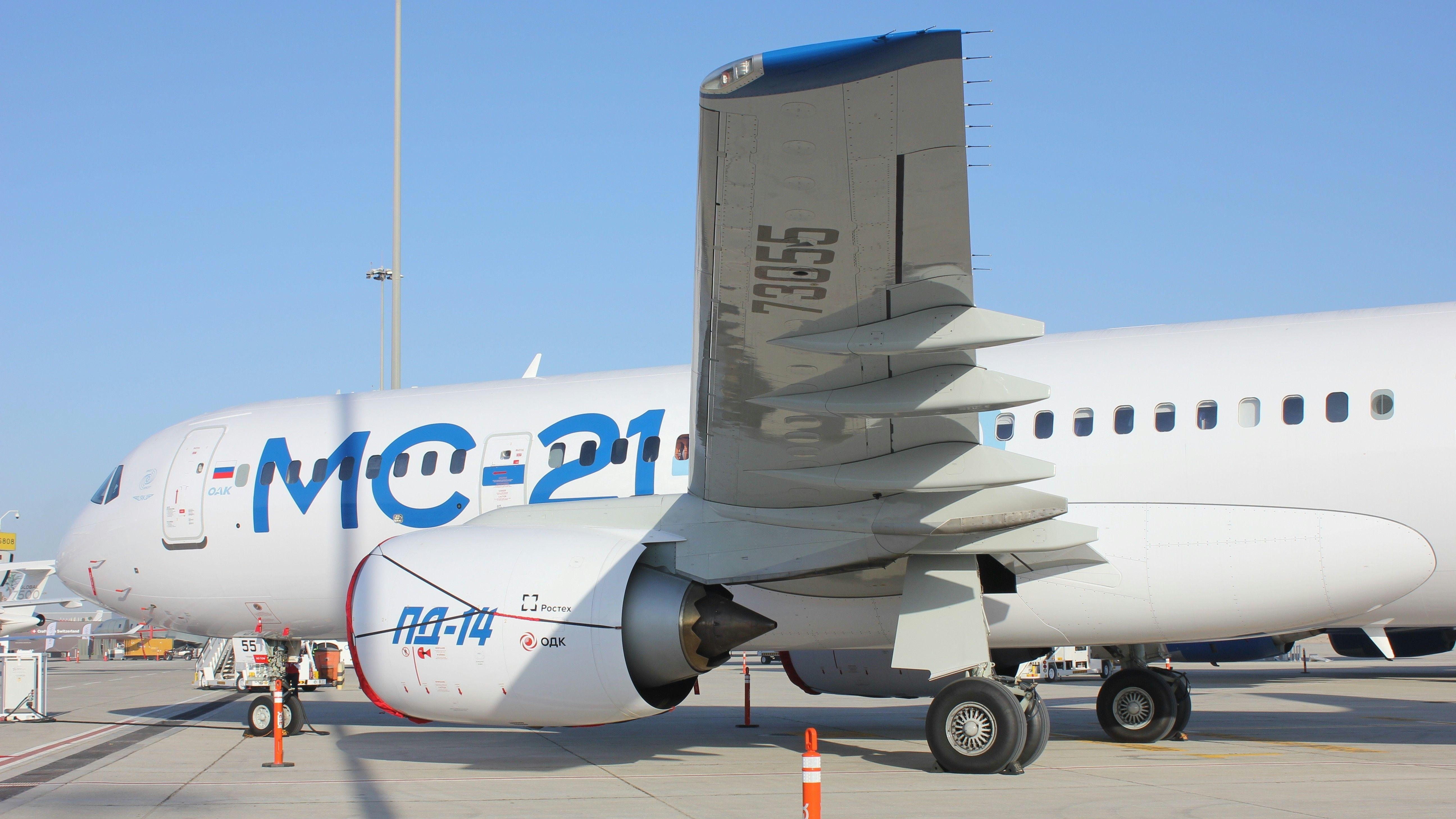
Rising Costs Challenge Russia’s Push for Aviation Self-Sufficiency
Russia’s commercial aviation sector is confronting significant challenges as it strives to achieve self-sufficiency amid ongoing Western sanctions. Prior to 2022, Russian airlines depended heavily on Boeing and Airbus aircraft, which constituted approximately 70 to 80 percent of their fleets. However, following the invasion of Ukraine, sweeping sanctions were imposed, severing access to spare parts and new aircraft. This disruption has led to a sharp increase in domestic aerospace prices, with Russian-made aircraft costs rising by 45 to 70 percent over the past two years, according to The Moscow Times.
The sanctions have not only inflated costs but also severely impaired Russia’s production capabilities. The Institute for the Study of War highlights that the industry is struggling with labor shortages and difficulties in sourcing critical components, which have further delayed aircraft production. While the defense sector has shown some resilience—evidenced by the recent delivery of new Su-35S Flanker-M fighter jets—the broader ambition of achieving aviation self-sufficiency remains beset by economic and logistical challenges.
Domestic Aircraft Struggle to Fill the Gap
Efforts to replace Western aircraft with domestically produced models have encountered numerous technical and safety obstacles. The Sukhoi Superjet 100 (SJ-100), Russia’s primary regional jet, has endured a troubled operational history marked by several incidents, including a fatal crash in May 2019. That accident, involving an Aeroflot Superjet that crash-landed in Moscow and caught fire, resulted in 41 fatalities. Although the SJ-100 now operates with Russian-made engines, concerns persist regarding its safety record and operational costs.
In response to rising expenses, Rostec, the state-owned industrial conglomerate, is collaborating with government agencies to provide financial support to carriers. There is cautious optimism that scaling up production could eventually reduce prices. Nevertheless, experts such as Andrey Patrakov, founder of the flight safety service RunAvia, caution that operational costs are likely to remain elevated for the foreseeable future.
The MC-21: Russia’s Answer to the Boeing 737
The MC-21 is positioned as Russia’s flagship narrowbody aircraft, designed to compete with the Boeing 737 and Airbus A320. However, the program has experienced significant cost escalations, with the price rising from 4.3 billion rubles (approximately $55 million) to 7.6 billion rubles (around $96 million), according to Izvestia. Initially developed with Western engines and avionics, the MC-21 has been reconfigured to incorporate Russian-made PD-14 engines and domestic systems. Despite these adaptations, the aircraft has yet to reach production readiness, and certification processes have been slow. The United Aircraft Corporation (UAC), which manages the project, now anticipates production will commence in 2026, but no MC-21 jets have entered active service to date.
Coping with Sanctions and Uncertain Prospects
To maintain operational fleets, Russian airlines have reportedly circumvented sanctions by importing aircraft parts valued at an estimated 1 billion euros since 2022. While this strategy has provided temporary relief, it is widely regarded as unsustainable in the long term. As Russia continues its pursuit of aviation self-sufficiency, the combination of rising costs, disrupted supply chains, and persistent production difficulties suggests that the industry’s path forward will remain fraught with challenges. Despite isolated successes within the defense sector, the commercial aviation industry faces enduring obstacles that threaten to undermine its ambitions for independence.
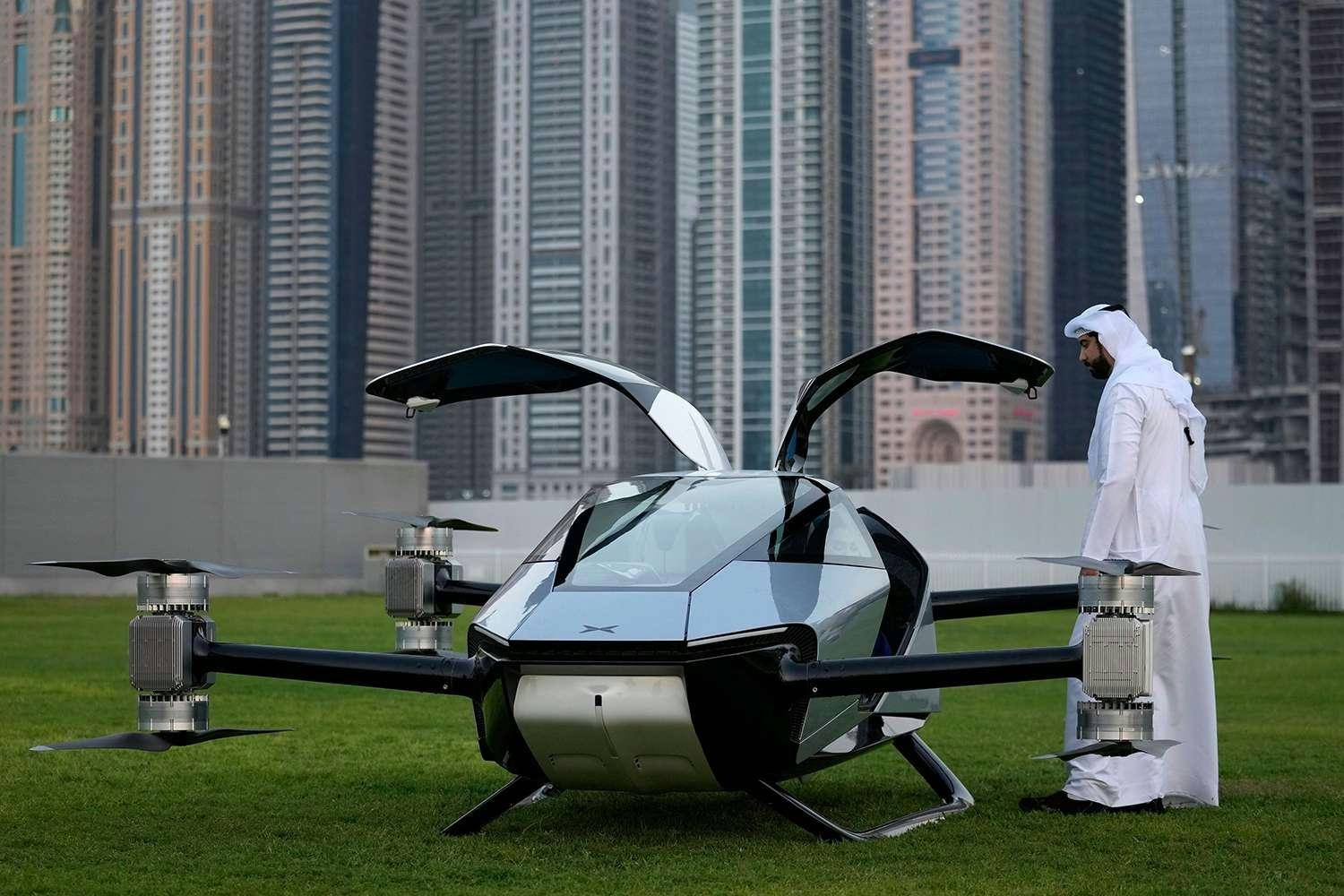
Dubai’s 2026 Plans: Key Developments from Flying Taxis to the Year of the Family

CALC Orders 30 Airbus A320neo Jets to Expand Fleet by 2026

AI in Travel Planning: Benefits, Risks, and Future Prospects
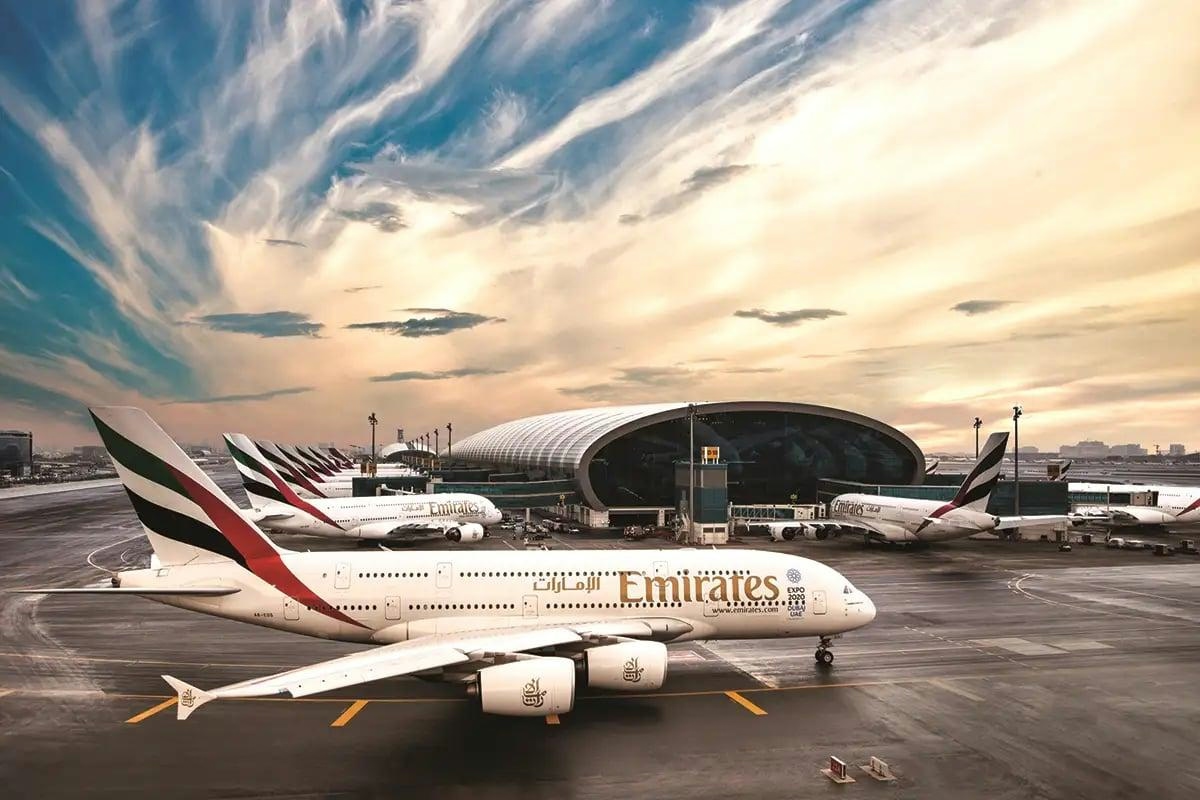
Airline Operated Largest Widebody Fleet in 2025
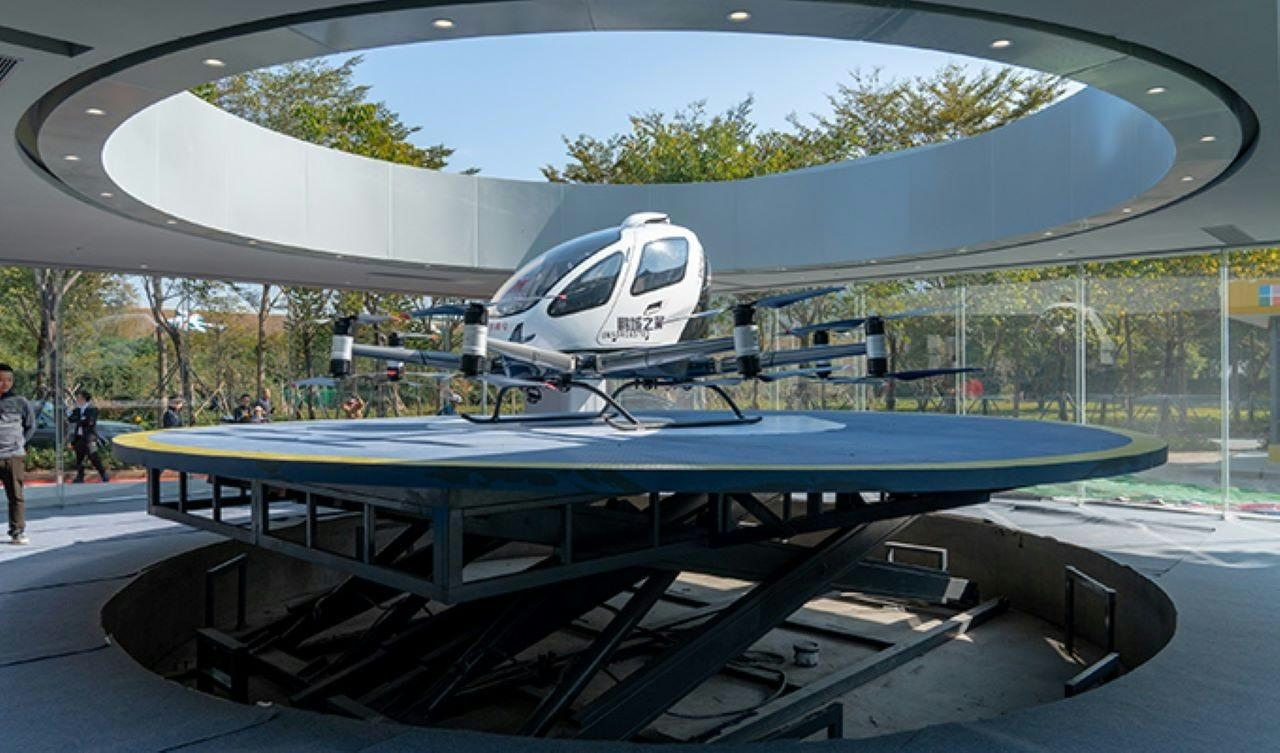
Tel Aviv Plans First Vertiport to Support Air Taxi Services
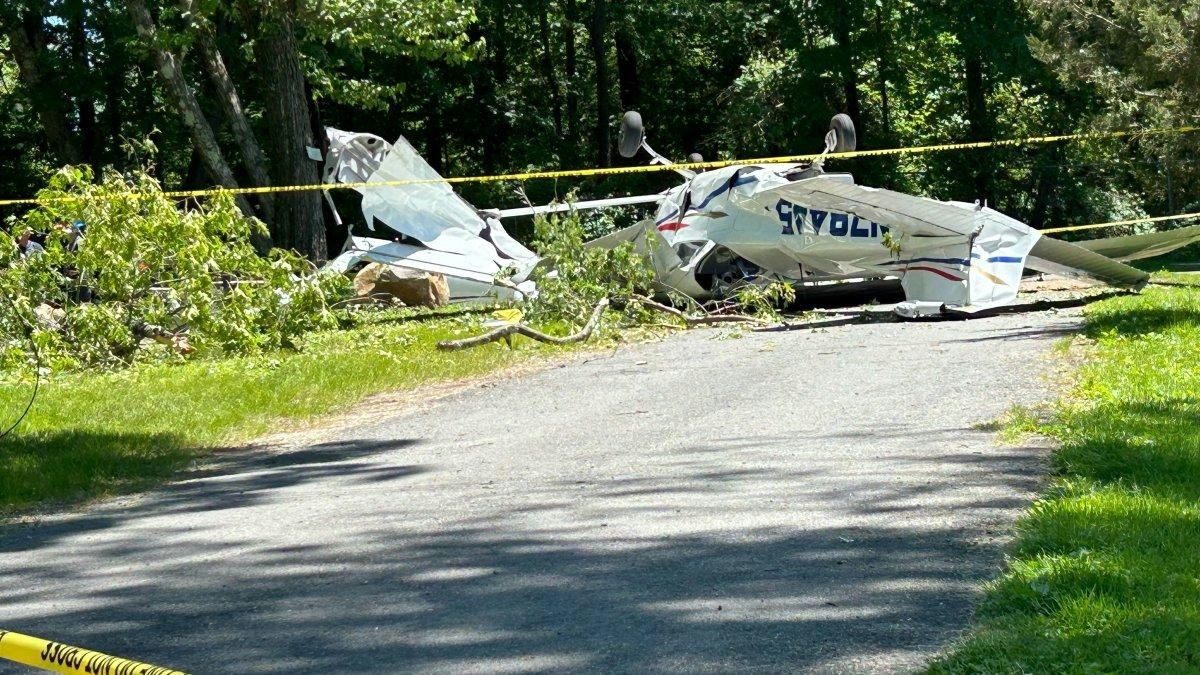
Pilot’s Distress Call Captures Near-Engine Failure Incident
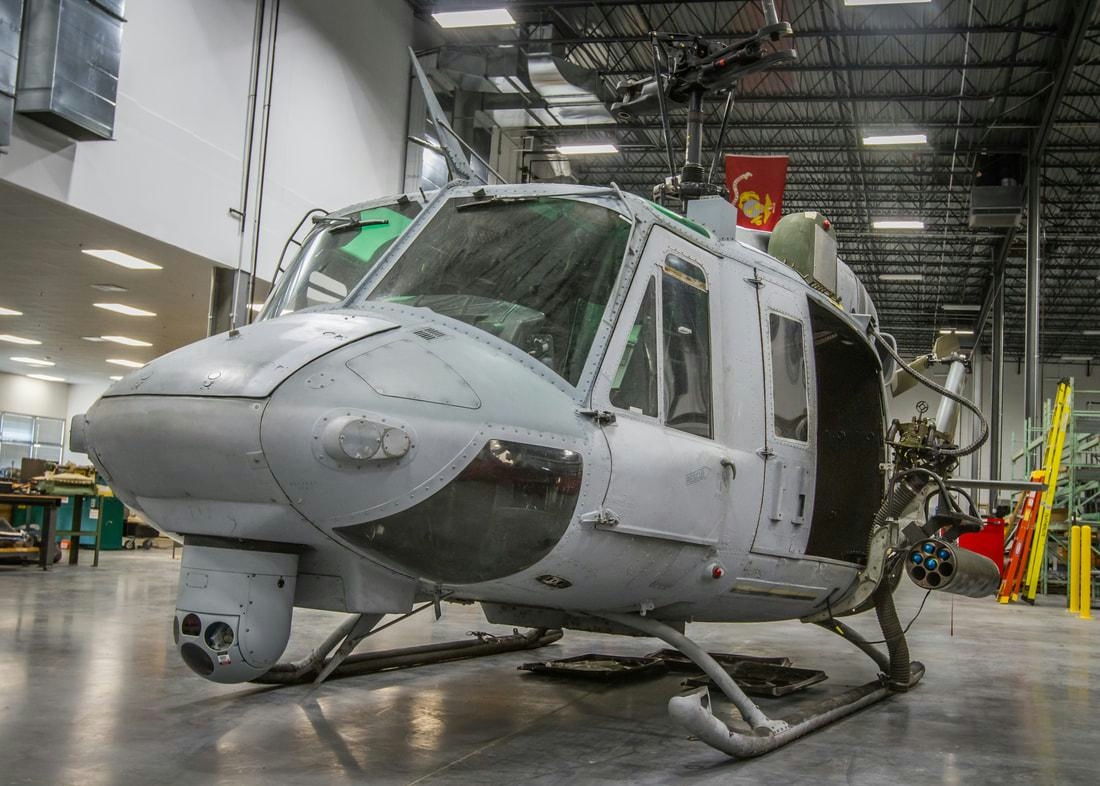
The Small Cold War Helicopter Considered by the Marines for Combat
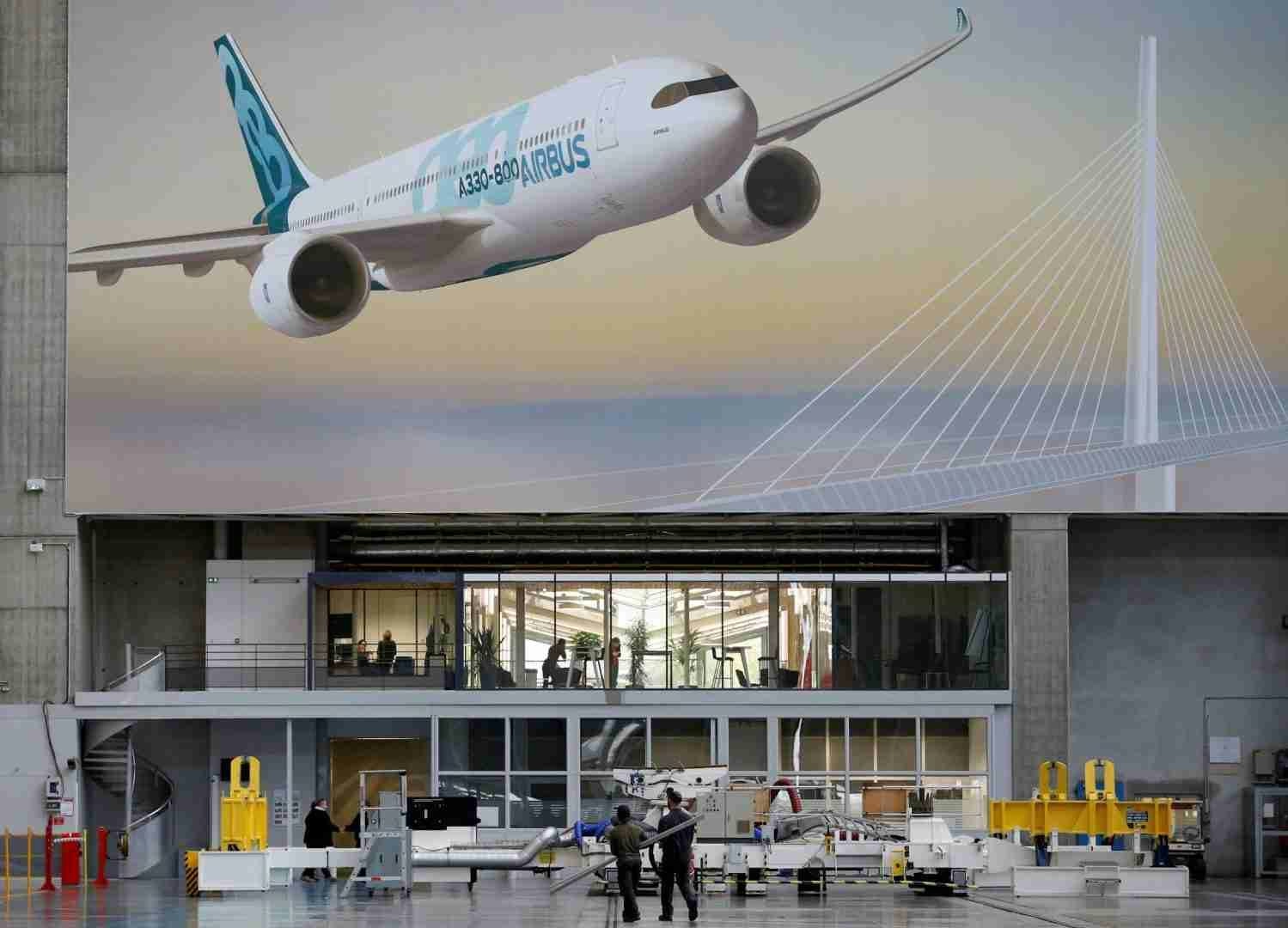
Boeing and Airbus Orders Race in 2025: Who Leads?
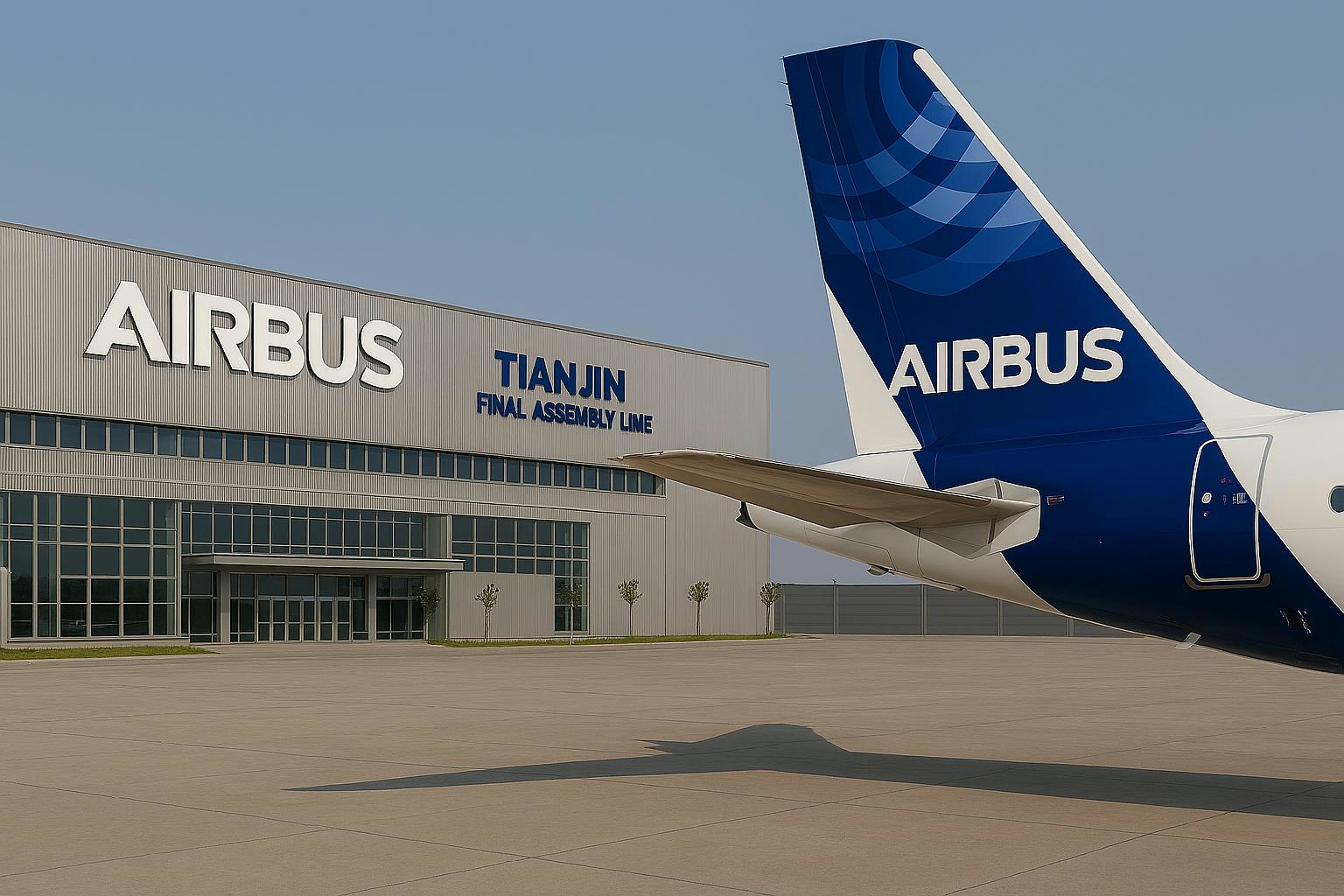
Air China Shares Rise After $9.5 Billion Airbus Jet Order
